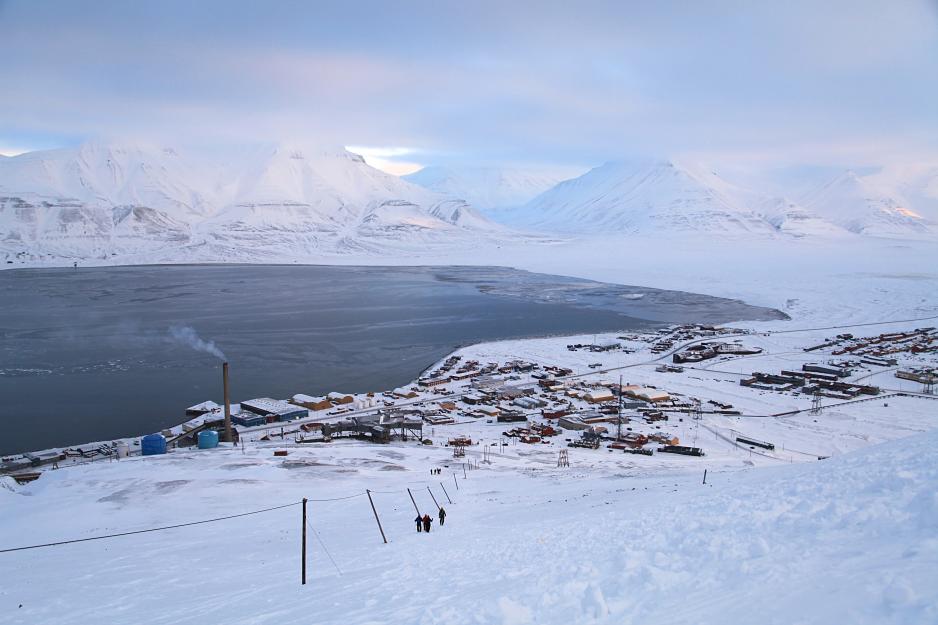Saskatchewan Faces Increased Wildfire Risk Amidst Hotter Summer Forecast

Table of Contents
The Impact of Climate Change on Saskatchewan Wildfires
The changing climate is a primary driver behind the increased risk of Saskatchewan wildfires. Rising temperatures and prolonged droughts create ideal conditions for ignition and rapid fire spread.
Rising Temperatures and Drought Conditions
Saskatchewan has experienced a steady increase in average temperatures over recent decades. This warming trend, coupled with unpredictable rainfall patterns, leads to prolonged periods of drought, significantly increasing the flammability of vegetation.
- Temperature Increases: Data from Environment Canada shows a consistent upward trend in average summer temperatures across Saskatchewan, exceeding historical averages by significant margins in recent years.
- Decreased Rainfall: Reduced precipitation, especially during the crucial spring and summer months, leaves vegetation dry and vulnerable, creating tinder-dry conditions that readily ignite and spread wildfires.
- Drought Severity and Wildfire Frequency: Studies have clearly demonstrated a strong correlation between the severity of drought conditions and the frequency and intensity of wildfires in Saskatchewan, particularly in the southern and western regions which are already prone to drier climates. These areas are facing some of the highest risks.
Changing Vegetation Patterns
Climate change also alters vegetation patterns, making forests and grasslands more susceptible to wildfires.
- Susceptible Vegetation: The shift towards drier conditions favors the growth of more flammable vegetation, such as dry grasses and certain tree species, increasing the fuel load available for wildfires.
- Changes in Forest Composition: Changes in forest composition, with some tree species struggling to adapt to hotter and drier conditions, can create imbalances and increase vulnerability to fire.
- Invasive Species: The introduction and spread of invasive plant species can further exacerbate wildfire risk, as these species often contribute to increased fuel loads and alter the natural fire regime.
- Longer Fire Seasons: Warmer springs and autumns extend the wildfire season, providing more opportunities for fires to start and spread.
Increased Wildfire Activity and its Consequences
The increased frequency and intensity of Saskatchewan wildfires have significant consequences for the province.
Recent Wildfire Events and their Impact
Recent years have witnessed several large and destructive wildfires in Saskatchewan. These events serve as stark reminders of the devastating potential of uncontrolled wildfires.
- Specific Examples: [Insert specific examples of recent significant wildfires, including location, dates, and hectares burned]. For example, mention specific events, their locations, and the damage incurred.
- Statistics on Hectares Burned: Provide statistics on the total hectares burned in recent years to illustrate the scale of the problem.
- Cost of Firefighting Efforts: Highlight the significant financial burden imposed by wildfire suppression efforts on the province and municipalities.
Threats to Human Life and Infrastructure
Saskatchewan wildfires pose a direct threat to human life, communities, and critical infrastructure.
- Vulnerable Infrastructure: Power lines, pipelines, and other crucial infrastructure are vulnerable to damage or destruction by wildfires, potentially leading to widespread disruptions.
- Risks to Rural Communities: Rural communities are particularly vulnerable, as they often lack the resources and infrastructure to effectively combat large-scale wildfires.
- Impact on Wildlife and Biodiversity: Wildfires can have devastating impacts on wildlife populations and biodiversity, destroying habitats and threatening the survival of numerous species.
Preparedness and Mitigation Strategies
Addressing the increased risk of Saskatchewan wildfires requires a multi-pronged approach involving government initiatives, community engagement, and technological advancements.
Government Initiatives and Response Plans
The Saskatchewan government is actively involved in wildfire prevention and management.
- Funding for Wildfire Prevention and Suppression: The government allocates significant funding for wildfire prevention programs, including controlled burns, forest thinning, and enhanced firefighting resources.
- Public Awareness Campaigns: Public awareness campaigns educate residents about wildfire risks and safety precautions.
- Emergency Response Protocols: Well-defined emergency response protocols are in place to ensure a coordinated and effective response to wildfire incidents.
Individual and Community Preparedness
Individual and community preparedness are vital in reducing wildfire risks.
- Creating Defensible Space: Creating defensible space around homes by clearing flammable vegetation is crucial in protecting properties from wildfires.
- Fire Safety Tips: Educating residents about fire safety, including responsible campfire practices and the proper use of outdoor equipment, is essential.
- Community Wildfire Protection Plans: Developing and implementing community wildfire protection plans can enhance preparedness and coordination in the event of a wildfire.
- Early Warning Systems: Investing in and maintaining effective early warning systems can provide crucial time for residents to evacuate or take other protective measures.
Technological Advancements in Wildfire Management
Technological advancements are playing an increasingly important role in wildfire detection and suppression.
- Satellite Imagery: Satellite imagery provides real-time monitoring of wildfire activity, enabling early detection and improved response.
- Drones: Drones are used for surveillance, mapping fire perimeters, and delivering supplies to remote areas.
- Predictive Modeling: Sophisticated predictive modeling tools can forecast wildfire behavior, aiding in resource allocation and strategic planning.
Conclusion
The increased risk of Saskatchewan wildfires due to climate change presents a significant challenge for the province. The devastating consequences of these wildfires, including property damage, economic losses, and threats to human life, demand a proactive and comprehensive approach to mitigation and preparedness. Understanding the heightened risk is the first step.
By implementing government initiatives, promoting community engagement, and leveraging technological advancements, Saskatchewan can strengthen its capacity to prevent and manage wildfires effectively. Learn more about wildfire prevention and safety measures by visiting the [link to Saskatchewan government wildfire information website]. Stay informed and protect your community from the growing threat of Saskatchewan wildfires.

Featured Posts
-
 Darlington Based Bannatyne Group Reports 40 Profit Increase
May 31, 2025
Darlington Based Bannatyne Group Reports 40 Profit Increase
May 31, 2025 -
 Justice Pour L Etoile De Mer Plaidoyer Pour Des Droits Du Vivant
May 31, 2025
Justice Pour L Etoile De Mer Plaidoyer Pour Des Droits Du Vivant
May 31, 2025 -
 Military Modernization Comparing The Us And China
May 31, 2025
Military Modernization Comparing The Us And China
May 31, 2025 -
 Rbc Bank Reports Lower Than Expected Earnings Prepares For Potential Loan Defaults
May 31, 2025
Rbc Bank Reports Lower Than Expected Earnings Prepares For Potential Loan Defaults
May 31, 2025 -
 Dragon Dens Duncan Bannatyne Supports Moroccan Childrens Charity
May 31, 2025
Dragon Dens Duncan Bannatyne Supports Moroccan Childrens Charity
May 31, 2025
